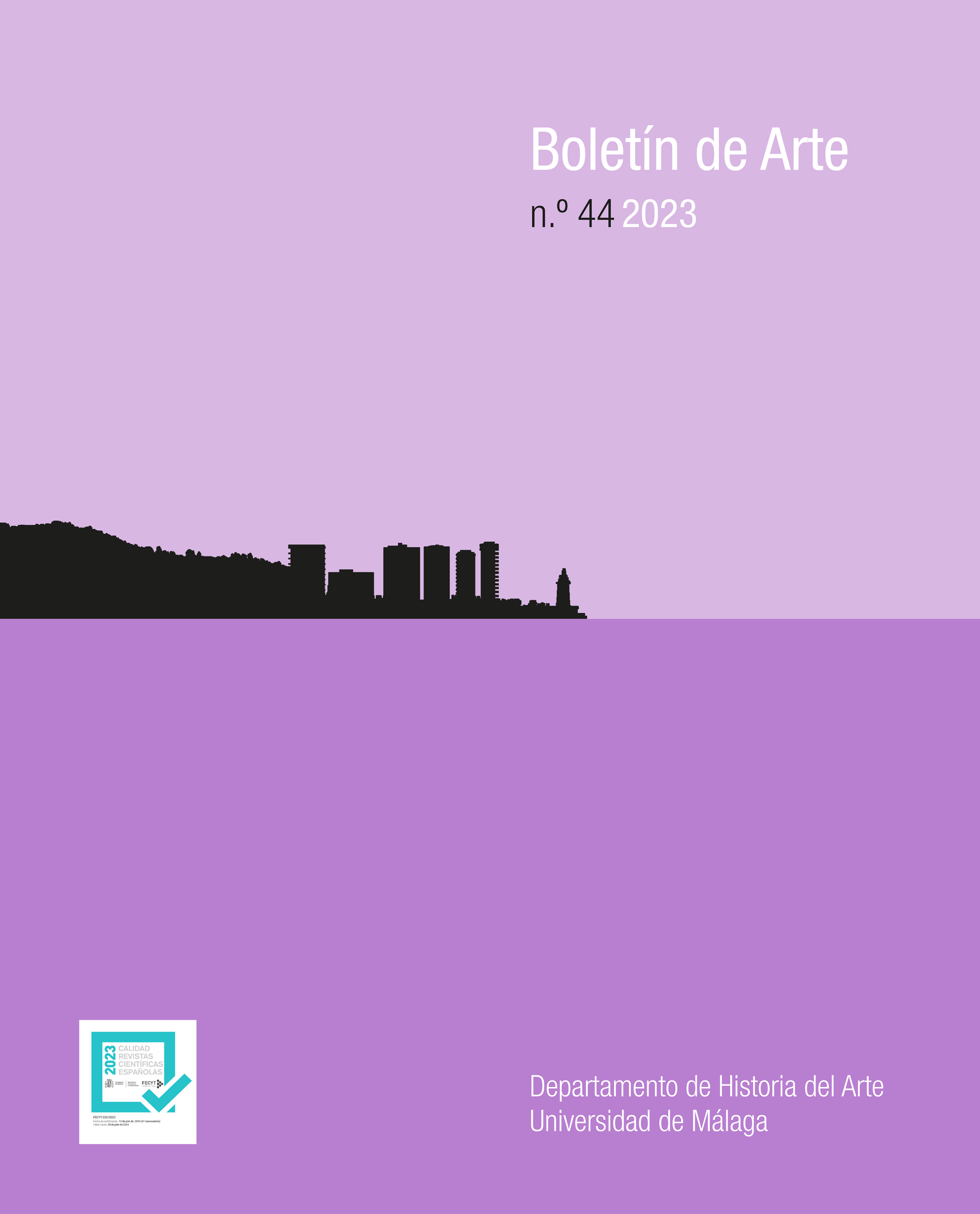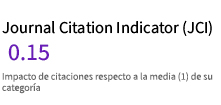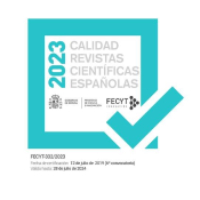Between Fiction and Reality. Landscape and Romanticism in the Afrodiasporic Video Art
Keywords:
Diaspora, Fiction, Landscape, Afrodescendant, Romanticism, History, IdentityAbstract
This paper focuses on how three contemporary artists (John Akomfrah, Isaac Julien and Mónica de Miranda) come up with ways of dealing with the African diaspora using landscape, romantic aesthetics and ideals from the 19th century in Europe. Some of their proposals present lush and savage landscapes as in romantic artworks, but they subvert the representation through a hybrid audiovisual language that works with the in-betweenness of fiction and reality to bring out some colonial histories omitted from the hegemonic European narrative. This study focuses on the visualization of several films as main source, comparing their visual aspects and the influence of the audiovisual medium to the keys of Romanticism, to conclude that Romanticism means a (missing) link for afrodescendant artists to deal with diaspora.
Downloads
Metrics
Publication Facts
Reviewer profiles N/A
Author statements
Indexed in
-
—
- Academic society
- N/A
- Publisher
- Universidad de Málaga.
References
ARENDT, Hannah (1996), Entre el pasado y el futuro, Ediciones Península, Barcelona.
ARGULLOL, Rafael (1983), La atracción del abismo. Un itinerario por el paisaje romántico, Plaza & Janes editores, Barcelona.
BOZANT, Heather y KAHRMANN, Amy (2020), Defining Pre-Raphaelite poetics, Springer Nature, Cham.
BRUBAKER, Rogers (2005), «The ‘diaspora’ diaspora», Revista Ethnic and Racial Studies, 28:1, pp. 1-19, DOI: 10.1080/0141987042000289997.
CHAMBERS, Eddie (2014), Black artists in British Art. A History since the 1950s, I.B. Tauris & Co, Londres.
DE MIRANDA, Mónica (2014), Geography of affections: tales of identity, diaspora and travel in the work of Monica de Miranda [tesis de doctorado, Middlesex University], Middlesex University Research Repository.
EL-TAYEB, Fatima (2021), Racismo y resistencia en la Europa daltónica, La Vorágine, Barcelona.
FERDINAND, Malcom (2016), Penser l’écologie depuis le monde caribéen [tesis de doctorado, Université Paris Diderot].
GILROY, Paul (2014), Atlántico negro. Modernidad y doble conciencia, Akal, Madrid.
GORDON, Avery (2008), Ghostly Matters: Haunting and the Sociological Imagination, University of Minnesotta Press, Minneapolis, Minnesotta.
HALL, Stuart (1992), Modernity and its futures, Polity Press, Cambridge.
HIRSCH, Marianne (1997), Family Frames: Photography, Narrative, and Postmemory. Harvard University Press, Cambridge.
HIRSCH, Marianne y MILLER, Nancy. K (2011), Rites of return. Diaspora Poetics and the Politics of Memory, Columbia University Press, Nueva York.
HOOKS, Bell (2004), «Mujeres Negras: Dar forma a la teoría feminista», Otras inapropiables, Editorial Traficantes de Sueños, Madrid.
MARCHÁN-FIZ, Simón (1985), «La poética de las ruinas, un capítulo casi olvidado en la historia del gusto», Revista Fragmentos, n.º 6, pp. 4-15.
PITTS, Johny (2022), Afropean: Notas sobre la Europa negra, Capitán Swing, Madrid.
RANCIÈRE, Jacques (2005), La fábula cinematográfica. Reflexiones sobre la ficción en el cine, Paidós, Buenos Aires.
REMENTERIA-SANZ, Santiago (2020), «Poder, memoria e identidad. Una lectura poscolonial del arte feminista sudafricano», Boletín de Arte, n.º 41, pp. 209-218.
WHITE, Hayden (1992), El contenido de la forma, Paidós, Barcelona.
Downloads
Published
How to Cite
Issue
Section
License
Copyright (c) 2023 Carla Ana Hayes Mayoral

This work is licensed under a Creative Commons Attribution-NonCommercial-ShareAlike 4.0 International License.
Todos los contenidos publicados en la revista Boletín de Arte están sujetos a la licencia Creative Commons Reconocimento-NoComercia-Compartirigual 4.0 cuyo texto completo puede consultar en <http://creativecommons.org/licenses/by-nc-sa/4.0>

Los/as autores/as cuyas contribuciones sean aceptadas para su publicación en esta revista conservarán el derecho no exclusivo de utilizar sus contribuciones con fines académicos, de investigación y educativos, incluyendo el auto-archivo o depósito en repositorios de acceso abierto de cualquier tipo.
La edición electrónica de esta revista esta editada por la Editorial de la Universidad de Málaga (UmaEditorial), siendo necesario citar la procedencia en cualquier reproducción parcial o total.








4.png)
